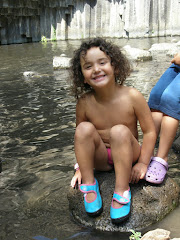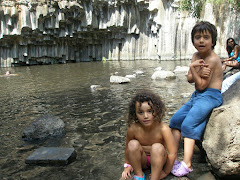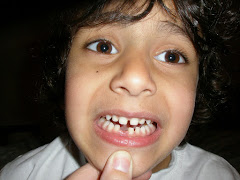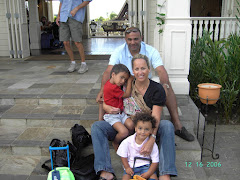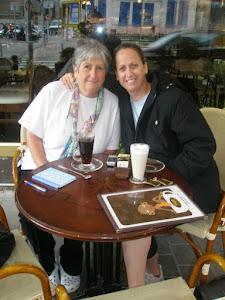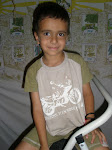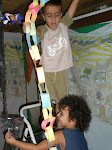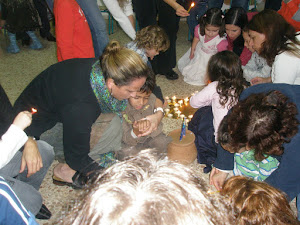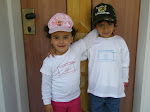So warm yummy sweet challa's delivered I am now faced with a new dilemma. I now have to go back sometime and visit properly and actually see these newborn babies. I was able to beg my way out of it yesterday when said warm challa's were delivered, but I left each house knowing that I now have opened a whole new can of worms. Obviously I will put 'it' off as long as possible, but at some stage or other I may be faced with a cute and fuzzy little newborn that I will have to goo-goo and ga-ga with, and fear of all, actually hold one or however many. I am not ready for that emotionally.
I had this revelation a while back that I really have been fortunate that I DON'T have to deal with newborns, and be reminded of my own obvious non-newborn self. My immediate circle of friends/acquaintances are not pregnant and spurting babies left right and centre. But now I think my challa-giving self has made a bit of a mistake.
So what does this coming week hold? Hopefully the beginning of IVF #4, I am now waiting for a period, I have all the medication, it takes up one full shelf in my fridge. Emla overstocked, I am feeling confident, my injection jabbing hand at the ready!. I am not too sure what to expect from this Short Course Protocol, just the amount of injections I have in store, and in such a short space of time is making me feel a little uneasy. But, hey, head up, and forward we march!
Sixth wedding anniversary tommorrow! Mazal Tov to me and the Donor.
HYDROSALPINX INFORMATION
"Q: In which cases does removal of the fallopian tubes improve the outcome?
A: In recent years, impressive evidence has shown that hydrosalpinx (swollen fallopian tubes, filled with fluid) can reduce chances of implantation. It seems that the reason for this is that the fluid in the fallopian tubes contains inflammatory products that leak into the abdominal cavity and damage the embryo trying to implant itself in the endometrium. In cases of recurrent failure of IVF therapy, the condition of the fallopian tubes should always be assessed using a hysterosalpingogram and ultrasound scan. If the state of the fallopian tubes is very poorly, and might affect the implantation of the embryos, the benefit of their removal should be considered. The removal of oneor both fallopian tubes is performed by laparoscopy, where a laparoscope (a fine telescope) is inserted through an umbilical incision."





